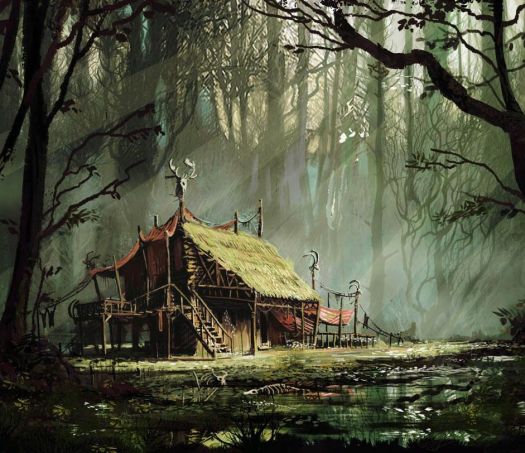Difference between revisions of "Type-7 Hex"
Tao alexis (talk | contribs) |
Tao alexis (talk | contribs) |
||
| Line 5: | Line 5: | ||
== 2 Bread == | == 2 Bread == | ||
| + | [[File:7-2b.jpg|left|70px|thumb]] | ||
| + | These hexes are distinctive for a single element of humanoid existence: [[Farmland|farmland]]. Each hex has approximately 250 to 400 acres of plowed farmland, divided into 15-30 acre plots called [[Measurements#Land|bovates or virgates]]. The farmers that work these lands have staked out a claim based on their courage to farm wild, isolated areas. | ||
Revision as of 04:33, 11 December 2022
A type-7 hex is a designation used to describe populated area with the least amount of infrastructure possible, that being 1 point. With an area of 38.53 sq.miles, and a diameter of 6.67 miles, hexes of this type reflect a bare minimum of amenities, comforts and outside assistance. These individuals depend upon growing their own food for survival, squatting on land they don't own but which no authority directly claims. Nonetheless, their small contributions of extra food to the world market helps sustain more sophisticated persons dwelling in the largest cities, where edibles are always needed.
Contents
The precise nature of a given type-7 hex depends upon more than this designation: it also depends upon symbols representing food production, wealth and facilities. Different amounts of development for "type-7" are stipulated by the amount of "bread," "coins" and "hammers" a given hex possesses. The lowest type-7 hex that can exist is one represented by 2 bread and nothing else.
2 Bread
These hexes are distinctive for a single element of humanoid existence: farmland. Each hex has approximately 250 to 400 acres of plowed farmland, divided into 15-30 acre plots called bovates or virgates. The farmers that work these lands have staked out a claim based on their courage to farm wild, isolated areas.

